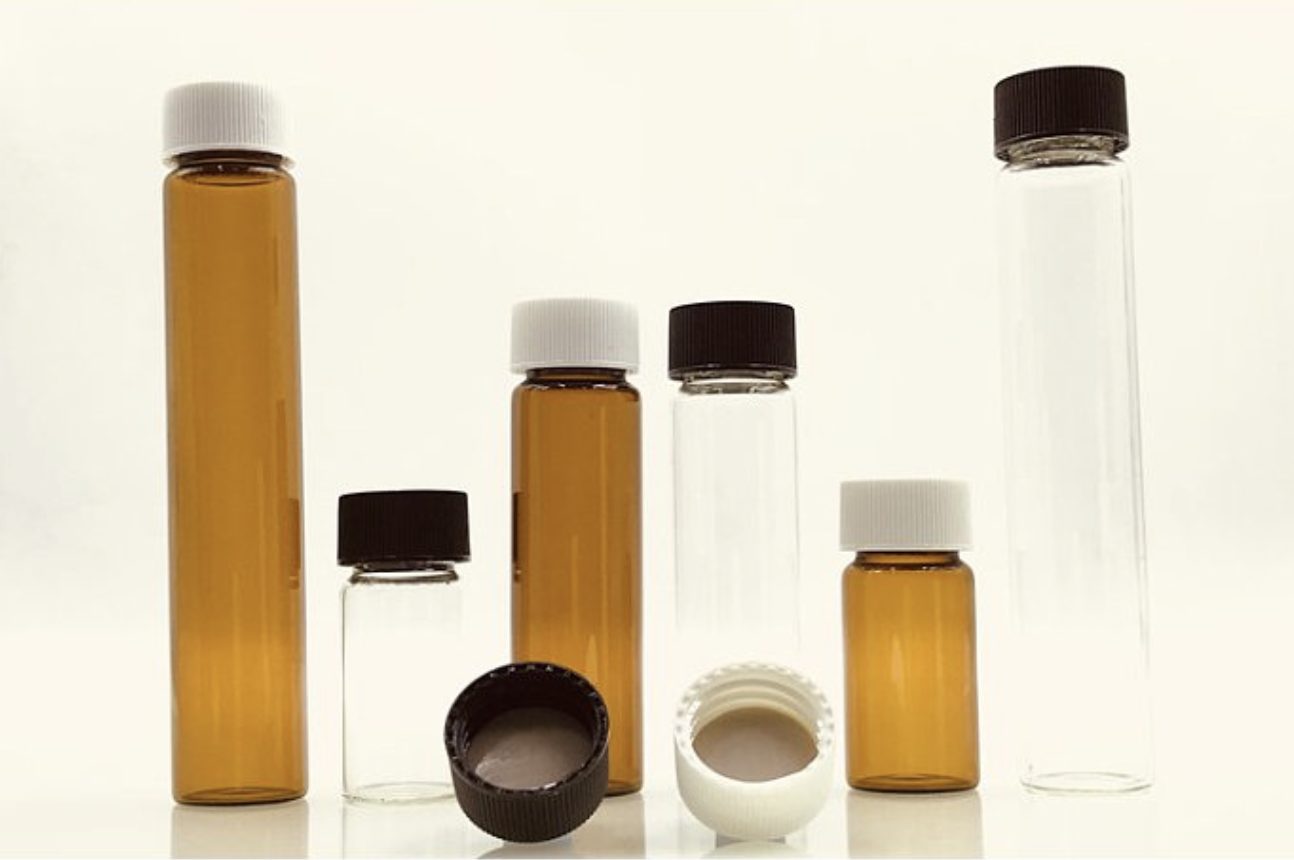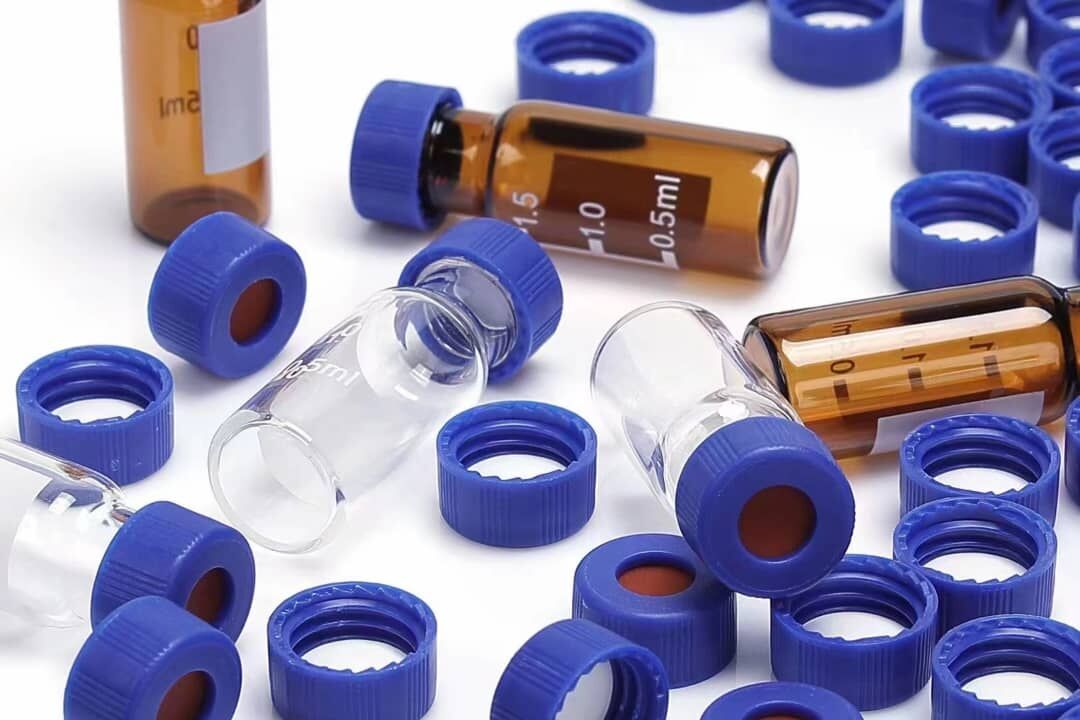Understanding the Critical Role of HPLC Vials in Laboratory Analysis
In the realm of analytical chemistry and pharmaceutical research, the importance of high-performance liquid chromatography (HPLC) cannot be overstated. At the heart of this sophisticated analytical technique lies a seemingly simple yet crucial component - HPLC vials. These small glass containers play a pivotal role in maintaining sample integrity and ensuring accurate results. The quality of HPLC vials directly impacts the reliability of analytical data, making their selection a critical decision in laboratory operations.
Laboratory professionals worldwide recognize that using premium HPLC vials is not merely a choice but a necessity for maintaining the highest standards of analytical precision. The relationship between vial quality and sample analysis outcomes has been extensively documented, with research consistently showing that superior HPLC vials significantly reduce the risk of contamination and ensure more reliable results.
Essential Components of High-Quality HPLC Vials
Material Composition and Manufacturing Excellence
The foundation of superior HPLC vials lies in their material composition. Premium vials are typically manufactured using Type 1 borosilicate glass, known for its exceptional chemical resistance and minimal ion leaching properties. The manufacturing process involves precise temperature control and stringent quality checks to ensure uniform wall thickness and structural integrity. This attention to detail results in vials that maintain sample stability and prevent unwanted interactions between the container and its contents.
Advanced manufacturing techniques incorporate automated production lines that minimize human contact, reducing the risk of contamination during the manufacturing process. Each batch undergoes rigorous testing for chemical resistance, dimensional accuracy, and surface smoothness, ensuring consistent quality across all HPLC vials.
Surface Treatment and Cleanliness Standards
High-quality HPLC vials undergo specialized surface treatments to minimize adsorption and maximize sample recovery. These treatments create an inert surface that prevents analytes from binding to the glass walls, ensuring accurate quantitative analysis. The cleaning process involves multiple stages of purification using ultra-pure water and specialized cleaning agents, followed by careful drying in controlled environments.
Modern HPLC vials often feature additional surface modifications such as deactivation treatments or silanization, which further enhance their performance in sensitive applications. These treatments create a barrier between the glass surface and the sample, preventing unwanted chemical interactions that could compromise analytical results.

Impact of Vial Quality on Analytical Results
Contamination Prevention Mechanisms
Premium HPLC vials incorporate multiple features designed specifically to prevent sample contamination. The precision-engineered septa and caps create an airtight seal that protects samples from external contaminants and prevents evaporation. The uniformity of the vial opening ensures consistent sealing performance, while the carefully controlled inner diameter maintains sample volume accuracy.
The chemical inertness of high-quality HPLC vials prevents leaching of trace metals and other contaminants that could interfere with analysis. This is particularly crucial when working with trace-level analytes or conducting stability studies where even minimal contamination can significantly impact results.
Sample Stability and Recovery
The superior design of quality HPLC vials contributes significantly to sample stability. The consistent wall thickness and thermal properties help maintain sample temperature during analysis, preventing degradation due to temperature fluctuations. The optimized internal geometry facilitates complete sample recovery, reducing waste and ensuring maximum analytical efficiency.
Advanced vial designs also consider factors such as light protection for photosensitive compounds and minimize headspace to reduce oxidation risks. These features are essential for maintaining sample integrity throughout the analytical process, from storage to final analysis.
Cost-Benefit Analysis of Premium HPLC Vials
Long-term Economic Advantages
While premium HPLC vials may represent a higher initial investment, their long-term economic benefits are substantial. The reduced risk of sample contamination means fewer repeated analyses, saving both time and costly reagents. The superior durability of high-quality vials also means they are less likely to break during handling, reducing replacement costs and potential safety hazards.
Additionally, the consistency in results achieved with quality HPLC vials leads to more efficient laboratory operations, reduced troubleshooting time, and increased confidence in analytical data. These factors contribute to significant cost savings over time and improved laboratory productivity.
Risk Mitigation and Quality Assurance
The use of premium HPLC vials serves as a crucial risk mitigation strategy in analytical laboratories. By minimizing the likelihood of contamination and ensuring reliable results, laboratories can avoid costly investigations into out-of-specification results and maintain their regulatory compliance status. The documentation and certification that typically accompany high-quality vials also support quality assurance programs and audit requirements.
Furthermore, the consistency in performance offered by premium vials helps maintain the laboratory's reputation for reliable results, which is invaluable in competitive research and testing environments.
Future Trends in HPLC Vial Technology
Innovative Materials and Designs
The field of HPLC vial technology continues to evolve, with manufacturers investing in research and development of new materials and design features. Recent innovations include specialized coatings that enhance chemical resistance and reduce analyte adsorption even further. Smart vial technologies incorporating traceability features and automated quality checks are also emerging.
Advanced manufacturing techniques, such as precision molding and surface modification processes, are being developed to create vials with even better performance characteristics. These developments promise to further reduce contamination risks and improve analytical reliability.
Sustainability and Environmental Considerations
Modern HPLC vial manufacturers are increasingly focusing on sustainability without compromising quality. This includes developing eco-friendly packaging solutions, implementing recycling programs for used vials, and optimizing manufacturing processes to reduce environmental impact. The industry is also exploring bio-based materials and sustainable production methods that maintain the high standards required for analytical work.
These initiatives reflect the growing awareness of environmental responsibility in laboratory operations while ensuring that the primary functions of contamination prevention and result reliability remain paramount.
Frequently Asked Questions
What makes high-quality HPLC vials different from standard glass vials?
High-quality HPLC vials are distinguished by their superior borosilicate glass composition, precise manufacturing tolerances, specialized surface treatments, and rigorous quality control processes. These features ensure minimal ion leaching, better chemical resistance, and more reliable analytical results compared to standard glass vials.
How often should HPLC vials be replaced in routine analysis?
HPLC vials should be replaced based on several factors including visual inspection for damage, the nature of samples being analyzed, and the specific requirements of your analytical method. Generally, high-quality vials can be reused multiple times if properly cleaned and maintained, but should be replaced if any signs of wear, scratches, or chemical etching are observed.
Can proper HPLC vial selection improve method validation success?
Yes, selecting appropriate high-quality HPLC vials can significantly improve method validation success by reducing variables related to sample contamination, adsorption, and stability. Premium vials provide more consistent results, better recovery rates, and fewer interference issues, all of which are crucial factors in successful method validation.




